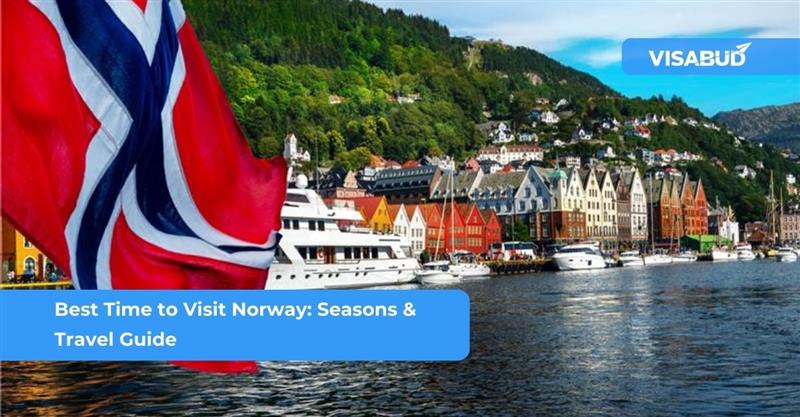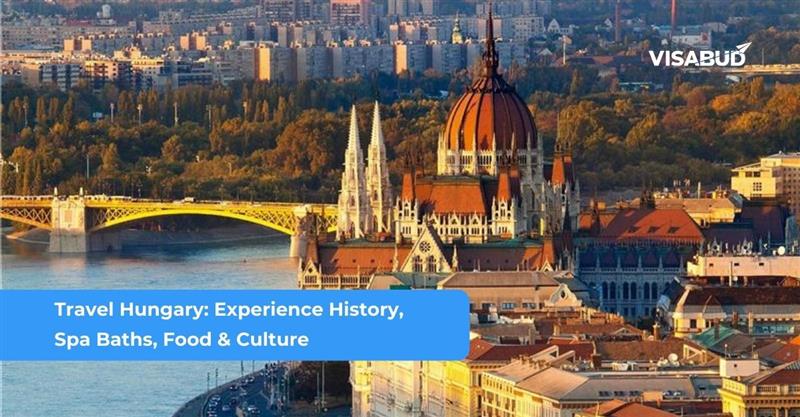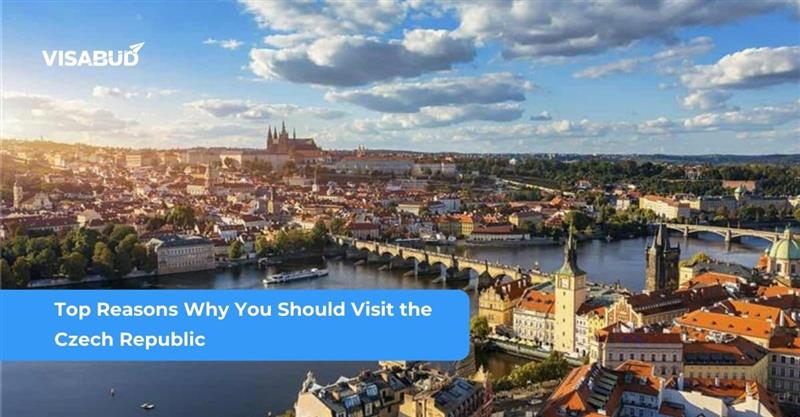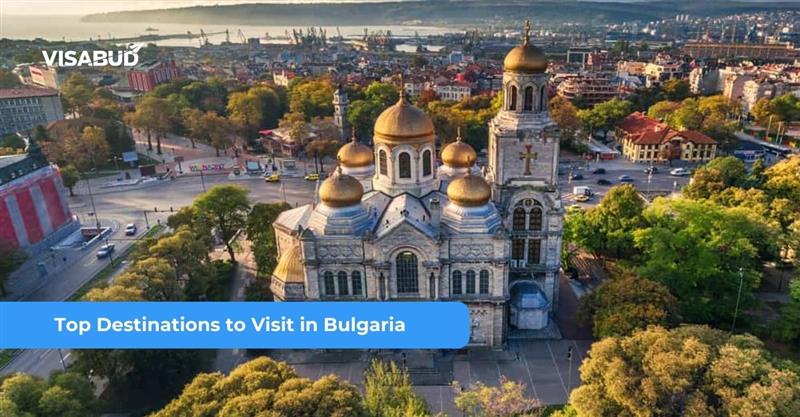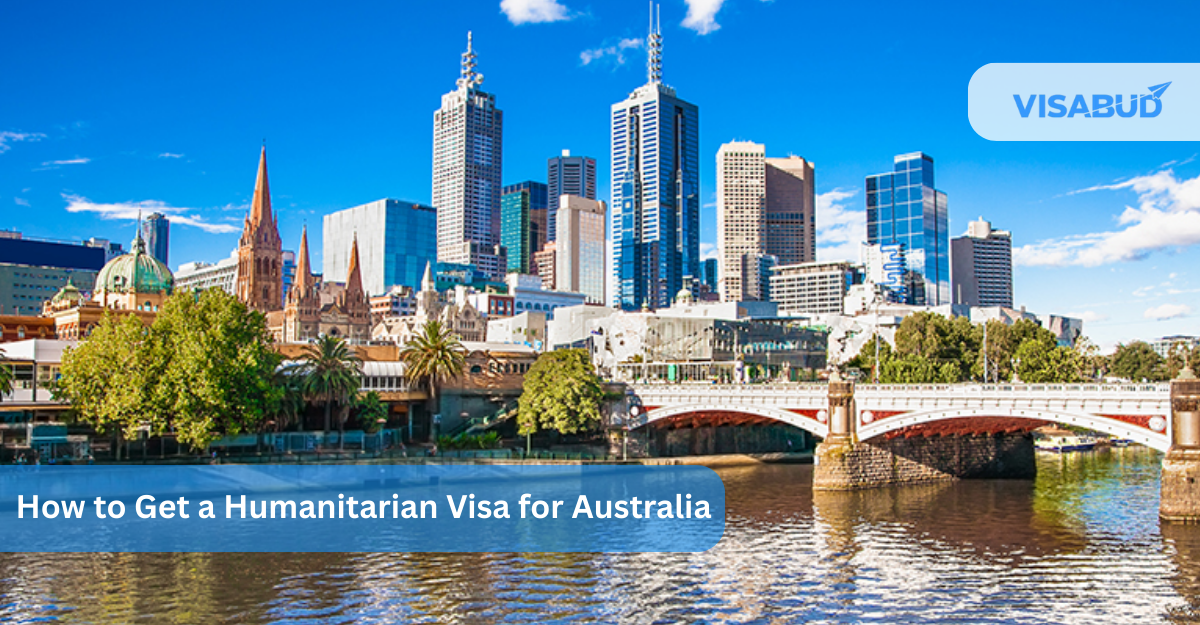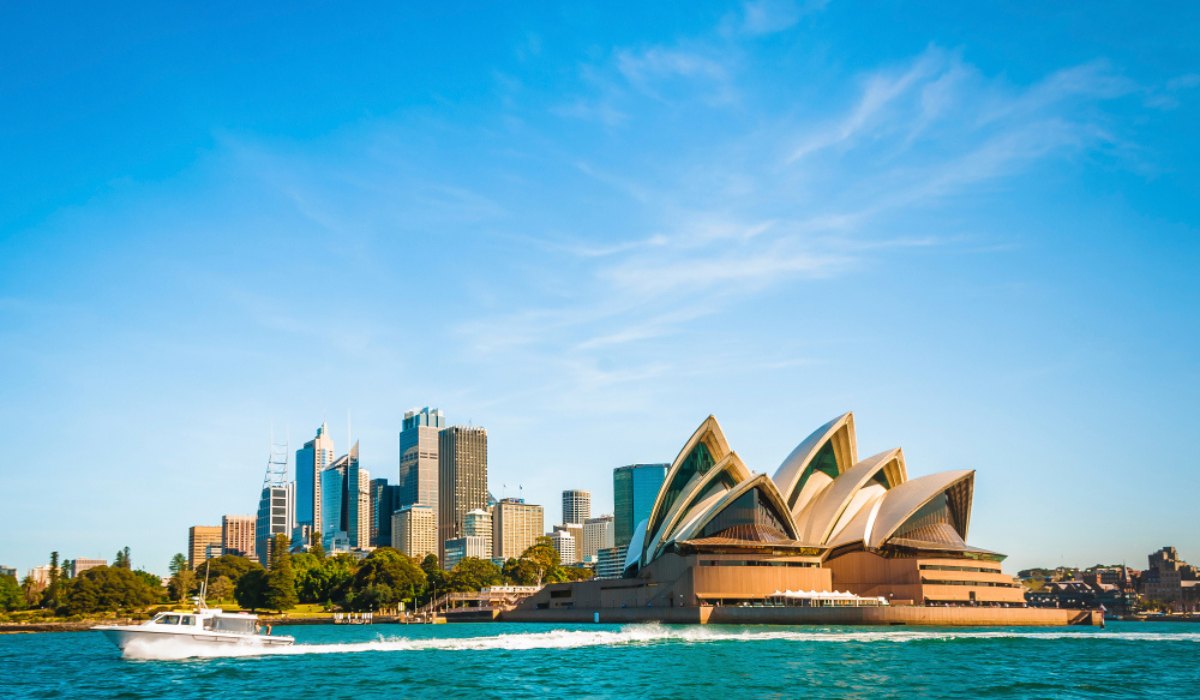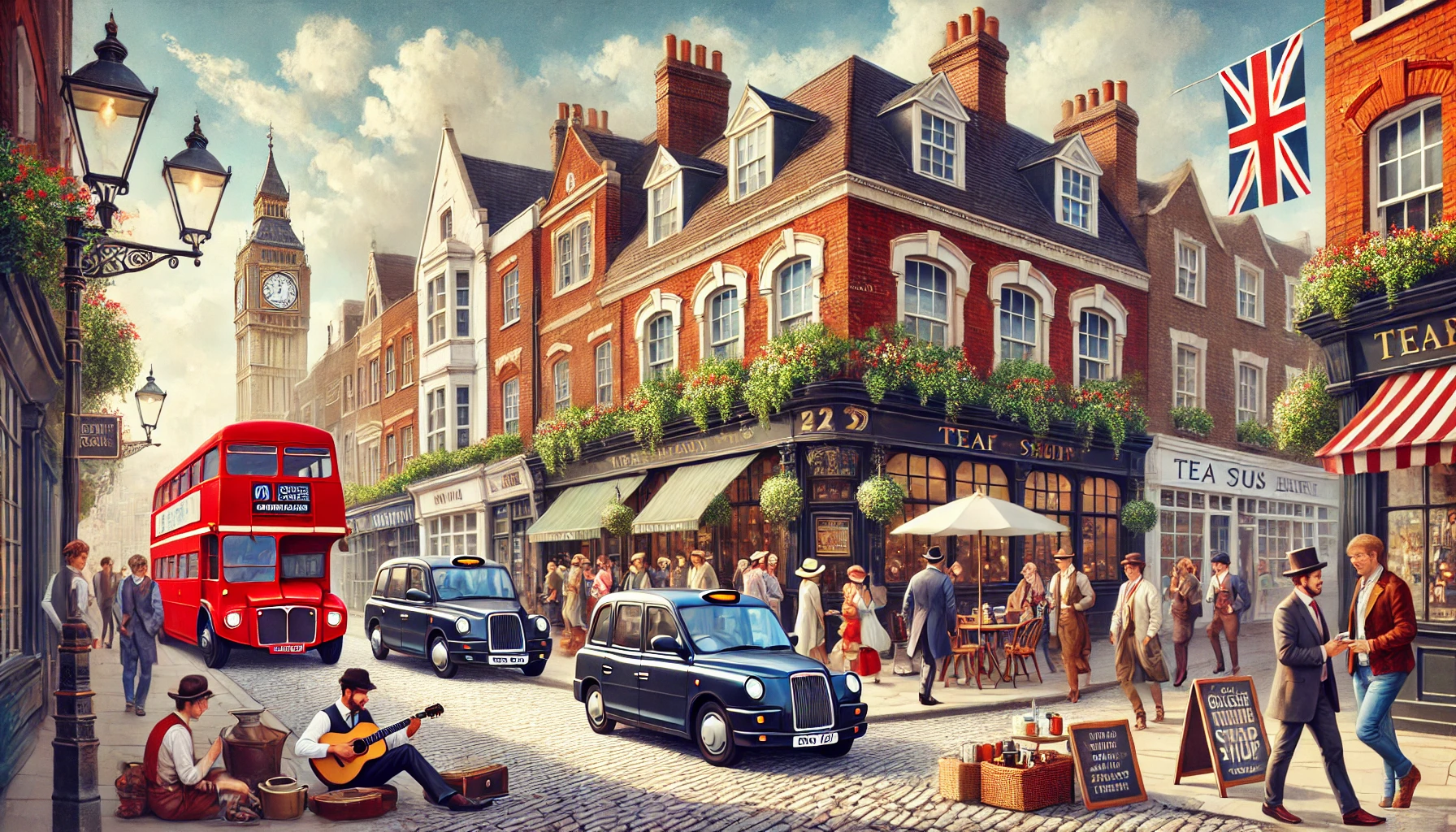Norway is a destination unlike any other, where breathtaking landscapes, vibrant cities, and a rich cultural history come together to create an unforgettable experience. Whether you’re an avid adventurer, a lover of culture, or someone seeking tranquility, Norway offers something for everyone. But knowing when to visit can make a significant difference in your experience, as each season brings its unique charm and activities.
In this guide, we’ll walk you through the different seasons in Norway, exploring when to visit for the best experience. From the frozen wonders of winter to the glowing fjords of summer, we’ll break down everything you need to know, including what to expect, what to do, and how to prepare.
Winter (December to February): The Ultimate Snow Experience
Winter in Norway offers a variety of magical experiences. The country transforms into a snowy wonderland, and it’s a favorite time for those who enjoy winter sports or want to witness the Northern Lights in all their glory.
Key Highlights of Winter Travel to Norway:
Northern Lights Viewing: Best Locations
The Northern Lights are at their peak during the winter months, particularly between late September and March. Tromsø, which lies within the Arctic Circle, is one of the most popular locations to witness this spectacular phenomenon. Other excellent viewing spots include Alta, Kirkenes, and the Lofoten Islands.
Why Winter is Ideal for Norway:
Spring (March to May): A Time of Renewal and Rebirth
As the cold winds of winter give way to warmer temperatures, Norway begins to thaw, revealing a stunning transformation. Spring is one of the most beautiful times to visit, as wildflowers bloom, the fjords start to look their greenest, and wildlife returns in full force.
Key Highlights of Spring Travel to Norway:
Best Outdoor Activities During Spring
Norway’s national parks, such as Jotunheimen and Rondane, become more accessible in spring, making it an ideal time for hikers. The warm weather is also perfect for cycling along Norway’s coastal routes or taking part in a kayaking expedition in the fjords.
Why Spring is Great for Norway Travel:
Summer (June to August): The Peak Season of Exploration
Summer is the most popular time to visit Norway. The days are long, the weather is warm, and the country’s natural beauty is on full display. Norway’s Midnight Sun and endless daylight hours make summer the perfect time for exploration.
Key Highlights of Summer Travel to Norway:
Exploring Norway’s Top Summer Destinations
Why Summer is Ideal for Norway:
Autumn (September to November): A Tranquil, Colorful Experience
Autumn is a quieter, more peaceful season in Norway. The vibrant foliage, cooler weather, and the start of Northern Lights season make autumn a great time to visit, particularly for those who want to enjoy Norway without the crowds.
Key Highlights of Autumn Travel to Norway:
Why Autumn is Great for Photography
The colors of autumn, combined with the soft golden light, make for incredible photography opportunities. From the hills of Telemark to the shores of the fjords, autumn is a photographer’s paradise. The season is also less busy, which means fewer tourists will be in your shots.
Why Autumn is Ideal for Norway Travel:
What to Expect in Terms of Weather and Temperatures
Norway’s weather is notoriously unpredictable, so it’s essential to come prepared for various conditions, no matter the season. Coastal areas tend to be milder, while inland and northern parts can experience colder and harsher weather.
FAQs (Frequently Asked Questions)
1. What is the best month to visit Norway?
The best month depends on your interests. For outdoor activities and fjord cruises, July and August are ideal due to warm weather. If you want to see the Northern Lights, October to March offers the best chances.
2. Can you see the Northern Lights in summer?
No, the Northern Lights are best visible between September and March. The summer months, especially in the north, experience the Midnight Sun, making it impossible to see the aurora.
3. Is Norway expensive to visit?
Norway can be expensive, especially in major cities like Oslo and Bergen. However, there are ways to manage costs by using budget accommodations, traveling during shoulder seasons, and enjoying free activities like hiking and exploring nature.
4. What should I pack for a trip to Norway?
Pack layers, including a warm jacket, comfortable hiking shoes, and waterproof gear. Even in summer, temperatures can be unpredictable, so it’s crucial to be prepared for all types of weather.
5. When is the best time to visit the fjords?
The fjords are most accessible in the summer months, from June to August, when the weather is warmest and the fjord cruises are in full operation. However, spring and autumn also offer stunning views with fewer crowds.
6. Can I go skiing in Norway?
Yes, winter is the prime season for skiing in Norway. Resorts like Hemsedal and Lillehammer offer top-notch skiing and snowboarding experiences.
7. Is it safe to travel to Norway during winter?
Yes, Norway is one of the safest countries in the world, but winter travel requires caution due to icy conditions. Ensure you have appropriate gear and are prepared for the cold.
This article provides a detailed overview of when to visit Norway based on the different seasons and activities. It includes a variety of experiences, such as the Northern Lights, winter sports, hiking, and photography opportunities. With the information here, you can plan a memorable and well-timed trip to this beautiful Scandinavian country.
Ready to experience Norway’s beauty? Contact us
